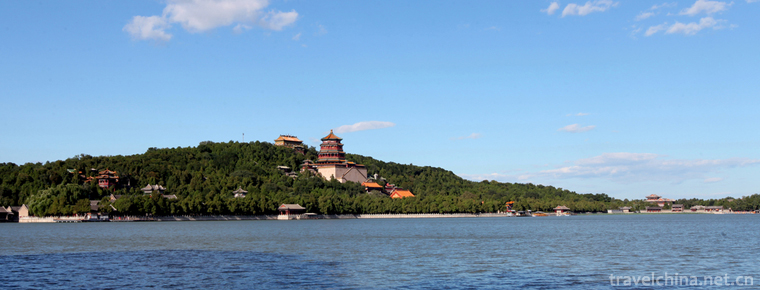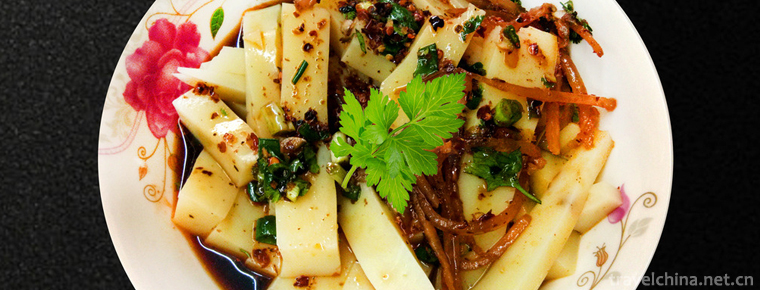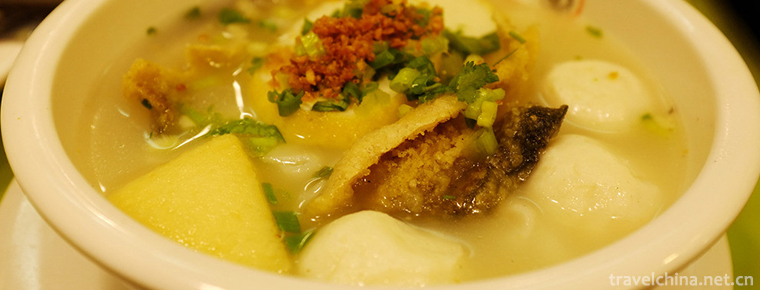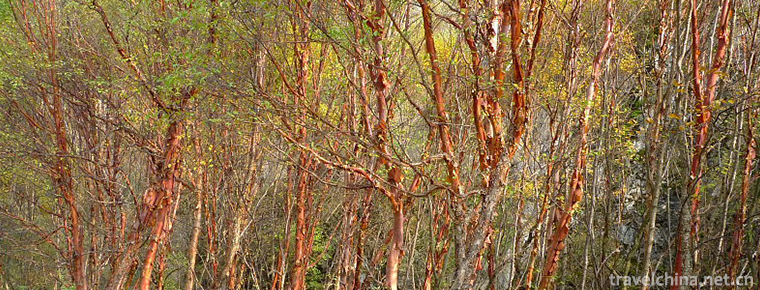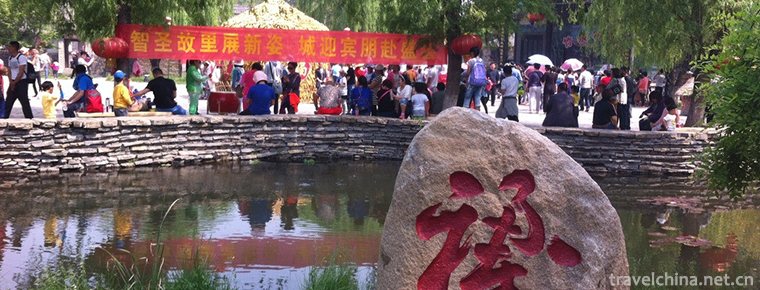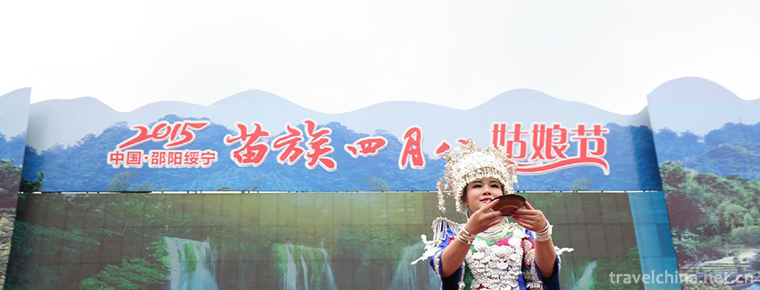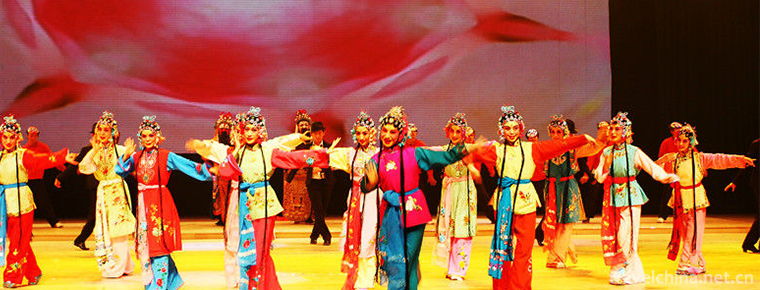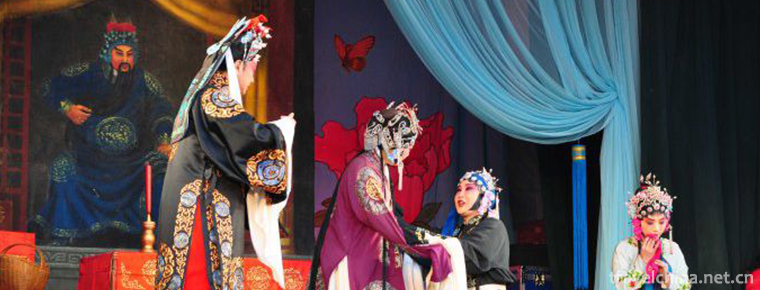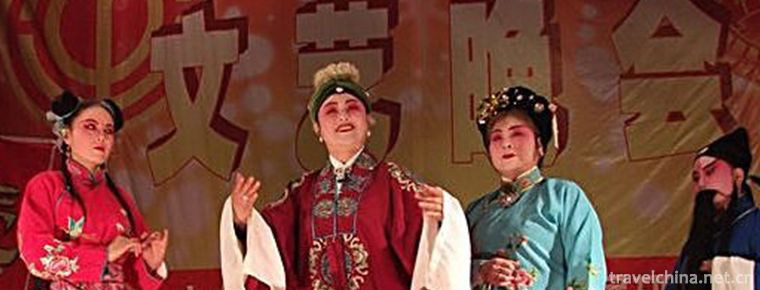Vegetarian production skills
Vegetarian production skills
Declaration Area or Unit: Shanghai Gongdelin Vegetarian Food Co., Ltd.
Gongdelin vegetarian food originated in temples. During Tongzhi period of Qing Dynasty, Temple vegetarian food gradually entered society. In 1922, the disciples of Wikipedia, a Buddhist monk at Changjing Temple in Chenghuangshan, Hangzhou, set up a vegetable restaurant at the Guizhou intersection of Beijing Road, Shanghai, for the purpose of "promoting Buddhism, advocating vegetarian diet and liberating life". With tofu, mushroom and vegetables as raw materials, vegetarian meat is cooked, that is to say, "fish" and "meat" dishes with vivid shape are cooked by hand. Because of its excellent production, unique taste, customers and thriving business. At the time of its founding, Gongdelin's shop was only 300 square meters in area. In 1927, it moved to No. 43 Huanghe Road and expanded to 1,000 square meters. It was divided into three floors: snack restaurant on the first floor, box on the second floor and Buddhist hall on the third floor. At this time, Gongdelin began to recruit vegetarian chefs from temples all over the country. Business is booming. He has won praise from Shanghai residents for his unique vegetarian handicraft and cooking methods.
Gongdelin has famous vegetarian dishes such as Butter Crab meal, fried eel silk, sliced fish with grains, yellow croaker with sweet and sour sauce, spiced tender chicken, crucian carp and winter bamboo shoots. These vegetable dishes are exquisite in material selection, exquisite in production, lifelike in shape, various in color, meat-like in taste and various in cooking methods. Each dish is elaborate and has the dual functions of food and art appreciation. Customers can enjoy it while tasting it.
In 1997, due to the urban transformation of Shanghai, Gongdelin moved to Nanjing West Road. Its vegetarian production continued to develop and innovate, and still attracted many consumers with its distinct characteristics.

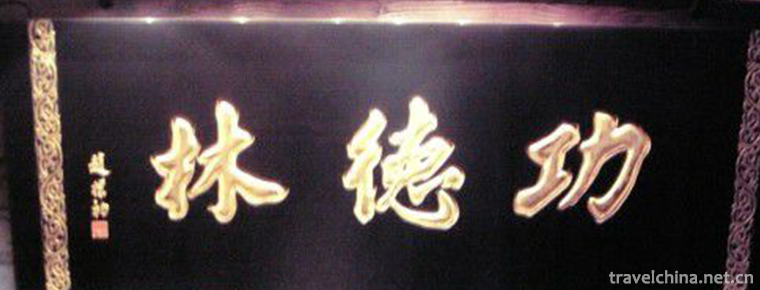
Vegetarian production skills
-
Sad cold Bean jelly
Sad cold Bean jelly Heartbroken jelly is a famous snack in Zhou Li Town.
Views: 194 Time 2018-10-12 -
Fish egg powder
Fish egg powder was originally a food in Chaozhou. It began to spread to Guangzhou in the Guangxu period. Today, the operation of Chaozhou
Views: 247 Time 2018-11-14 -
Luliang Colorful Sand Forest
Luliang color sand forest is a national AAAA tourist area, 18 kilometers away from Luliang County. 108 named scenic spots are located in the "Y" shaped canyon, with a total area of 180 hecta
Views: 149 Time 2019-02-06 -
The tru Valley
Turugou is located in Liancheng Forest, Yongdeng County, 160 kilometers northwest of Lanzhou City. It belongs to the eastern foot of Qilian Mountains.
Views: 224 Time 2019-02-22 -
Zhuquan Village Tourist Resort
Zhuquan Village Resort is located in the north of Yinan County, Shandong Province, 12 kilometers away from the county. It was called Quanshangzhuang in Yuan and Ming Dynasties and was renamed Zhuquan
Views: 181 Time 2019-03-21 -
Eight treasures taro
Babao taro paste is one of the local traditional sweet spots in Fujian cuisine. This dish is delicate, soft, sweet and delicious. It looks like a cold dish but burns its mouth. It has a unique flavor.
Views: 147 Time 2019-03-27 -
Guangdong folk music
Taishan City, located in the southwest of the Pearl River Delta, is a famous home of overseas Chinese. Taishan's "Eight-tone Class" is one of the activities of Guangdong music
Views: 257 Time 2019-05-01 -
April Eighth Girls Day of Miao Nationality
"Girl's Day" originated in memory of Yang Bamei, a heroine. Legend has it that in the Northern Song Dynasty, Yang Wenguang, a famous general, was ordered to be plain and barbarous. After def
Views: 218 Time 2019-06-05 -
Western Fujian drama
Western Fujian Han Opera, formerly known as "Waijiang Opera", also known as "Ran Tan", is one of the local operas in Fujian. He was born out of foreign operas, absorbed Hakka diale
Views: 224 Time 2019-06-05 -
Qu Opera
Opera is one of the traditional operas mainly spread in Henan Province. It was also called "Gaotai Opera" or "Quzi Opera" in the old days. Quju is popular in Henan Province and its
Views: 103 Time 2019-06-11 -
Xihe Opera
Xihe Opera, also known as Xingzi Xihe Opera, is a traditional opera popular in Xingzi, De'an and Jiujiang counties and cities of Jiangxi Province. Its main vocal cavity is Pihuang, also known as "
Views: 139 Time 2019-07-01
